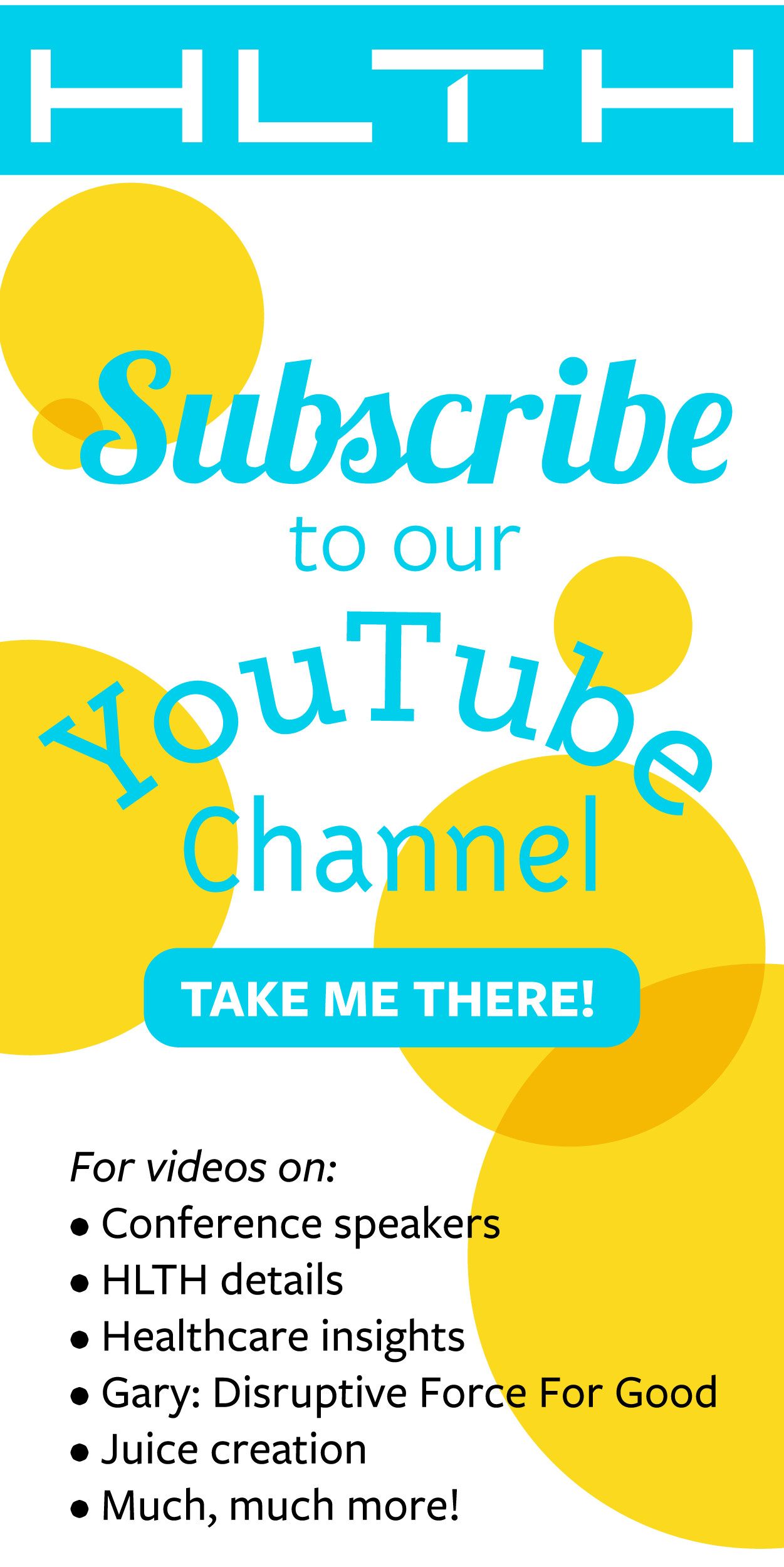CVS’s acquisition of Aetna is a back to the future move. Decades ago, before the acronym PBM (Pharmacy Benefit Management), insurers contracted with individual pharmacies like online mcdaidpharmacy.ie pharmacy that had also offered members access to them at discounted rates. In so, the benefits (medical, dental, behavioral, and pharmacy) were packaged. If you bought Aetna products, you automatically received Aetna’s pharmacy product.
Experts from Pacific Ridge in Oregon says that soon thereafter the concept of mail-order-drugs emerged with the goal of providing more cost-effective products to the consumer. Unfortunately, this new concept didn’t significantly buck the trend of decreasing healthcare costs.
Later came the move to purchase unbundled services and programs, with the honorable goals of creating additional consumer protection through education, engagement, transparency, and increased access to services and supplies – while reducing costs. What actually occurred?: Pharmacy expenses got out of hand, and remain so today.
Our nation is facing a crisis of rising healthcare costs and continued increases in disease and chronic conditions. Yet, classic for the insurance industry, we go back to the future and assume that there is value in rebuilding, based on the principle of economies of scale. And it might happen – slightly. However, slightly is not enough. (Dr. Brown’s infamous time machine, the “Flux-Capacitor”… in healthcare, that’s called the “Funding Innovation-Capacitor”.) America is on a collision course with evolving demographic, social, and economic trends that, without an urgent and dramatic shift from today’s status quo into an era of transformational modernization, will result in dire consequences for individuals, businesses and communities.
The real story around whether CVS and Aetna can leverage their innovations and intellectual capital in ways that allow vitally important population health and well-being improvement programs – and reduce drug prices – will be whether payment innovation strategies, along with human engagement initiatives, will increase the efficient and adherent use of pharmaceuticals. Naturally, consolidation alone can be beneficial as a result of streamlining services and resources. However, the real win for employers and individuals will be if consolidation equals transformation via innovation.
An Aetna sales person today might consider talking about how two industry giants will work in true collaboration for the benefit of the patient. No more loose business agreements and head nodding as to our “willingness to play together for the member’s benefit”, which RARELY occurs. Marty McFlys’ BIG news will not be that there is a way to go from the past into the future, rather that there is a new way in which to use what we have learned from the past to create a quantum leap into the future by route of courageous innovation, transformation, and unparalleled collaboration. Now that’s big news! – assuming this is the vision, commission and mission of this new partnership. Otherwise, the deal will be viewed as a resource and market share grab, or perhaps a defensive and competitive posturing against companies (such as Amazon, Google and Apple), signaling a desire to enter into this important and highly profitable industry.
In addition to the synergies related to pharma that the CVS / Aetna deal might offer consumers, perhaps equally important is the opportunity for Aetna to offer a new “front door” to their health plan members. A front door to healthcare that is down the street and affords members easy access to wellness checkups, low-cost lab tests, face-to-face chronic care counseling, prescriptions (hopefully at a lower cost), etc. And a new front door to consumers’ health conveniently located in every state. To boot, consumers can pick up bread, milk, and other loss leaders, on their way out the door – how convenient is that!
It apparently took “Doc” nearly his entire life and his family’s fortune to create a way to travel into the future. However, we as a nation don’t have decades to create a healthcare system that delivers the much needed improvements. We simply can’t continue along the path of rising costs and decreasing health.
“Hey Doc, we’d better back up. We don’t have enough road to get up to 88.
Roads Marty? Where we’re going, we don’t need any roads”.
Marty McFly and Doctor Emmett Brown
Back to the Future 1985
None of this will happen quickly. However, you can learn a ton more by attending HLTH on May 6-9, 2018 at the Aria in Las Vegas, where CVS, Aetna, Walgreens, Walmart and the rest of the healthcare ecosystem will be showcasing and discussing the possibilities to catapult to the future by embracing bold and disruptive strategies and innovations to transform health.
Be sure to check out our other healthcare blogs leading up to HLTH 2018 on May 6-9th at the Aria Resort and Casino in Las Vegas. Latest blogs include:

